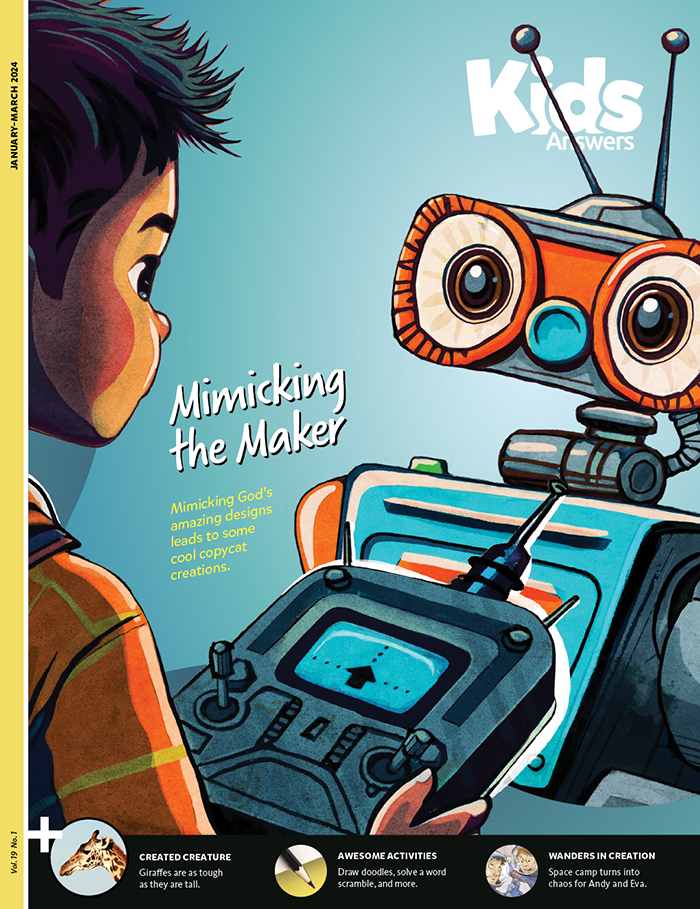Mimicking the Maker
art by Ben Iocco
Have you ever copied someone? You may have learned how to tie your shoes by copying your mom. Or maybe you copied your friend doing a cartwheel. Sometimes, people imitate designs they see in plants and animals to invent things and solve problems. This is called biomimicry.
Biomimicry comes from two words: bio (life) and mimicry (to imitate). Biomimicry leads to some amazing inventions because people are mimicking the designs of an all-wise Maker. God’s creation couldn’t have appeared by accident or without a designer, just as the following creations couldn’t happen without people designing them. Things you see every day were inspired by God’s creations, from the Velcro on your shoes to the airplanes that fly overhead.
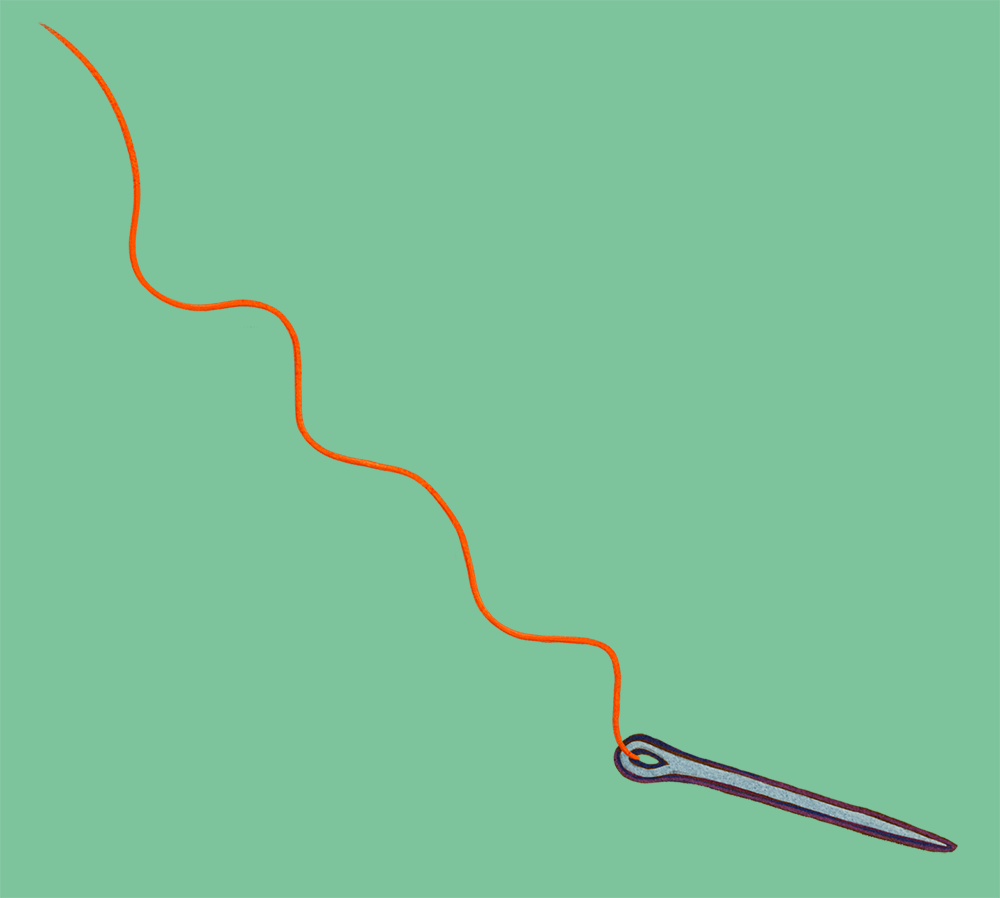
Fantastic Fabrics
The fabrics in your clothes come from a variety of plants and animals and manmade fibers. Cotton comes from plants, wool comes from sheep and other animals, and leather comes from animal skins like cows or even crocodiles. Some inventors are studying plants and animals to create fabrics and clothing that may surprise you.
Amazing Architecture
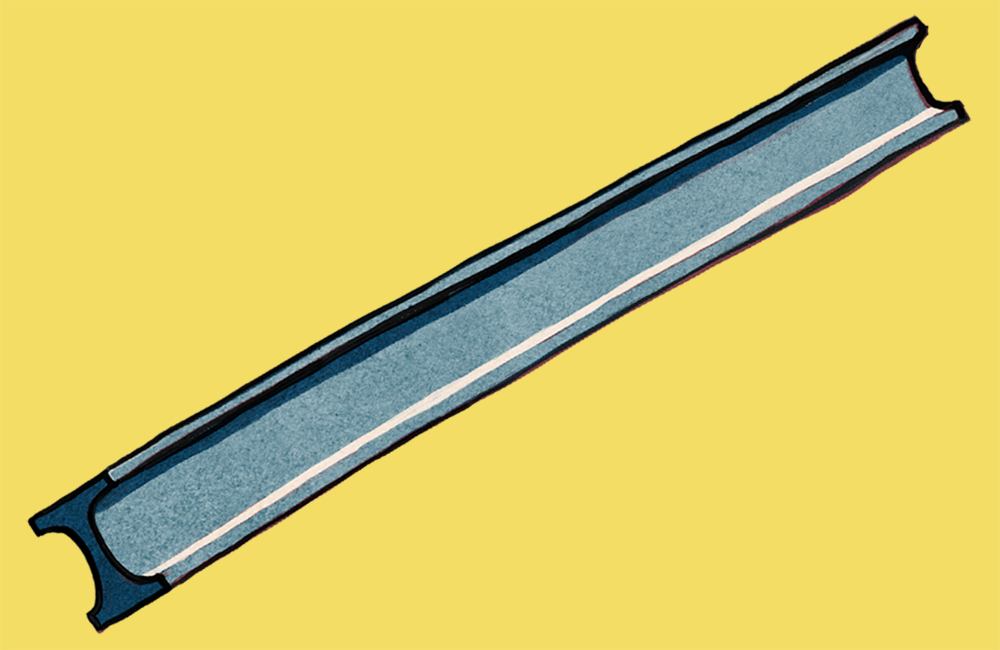
Architecture is the science and art of designing buildings and structures. Architects, people who practice architecture, must solve complex problems to make buildings that are safe, beautiful, and functional.
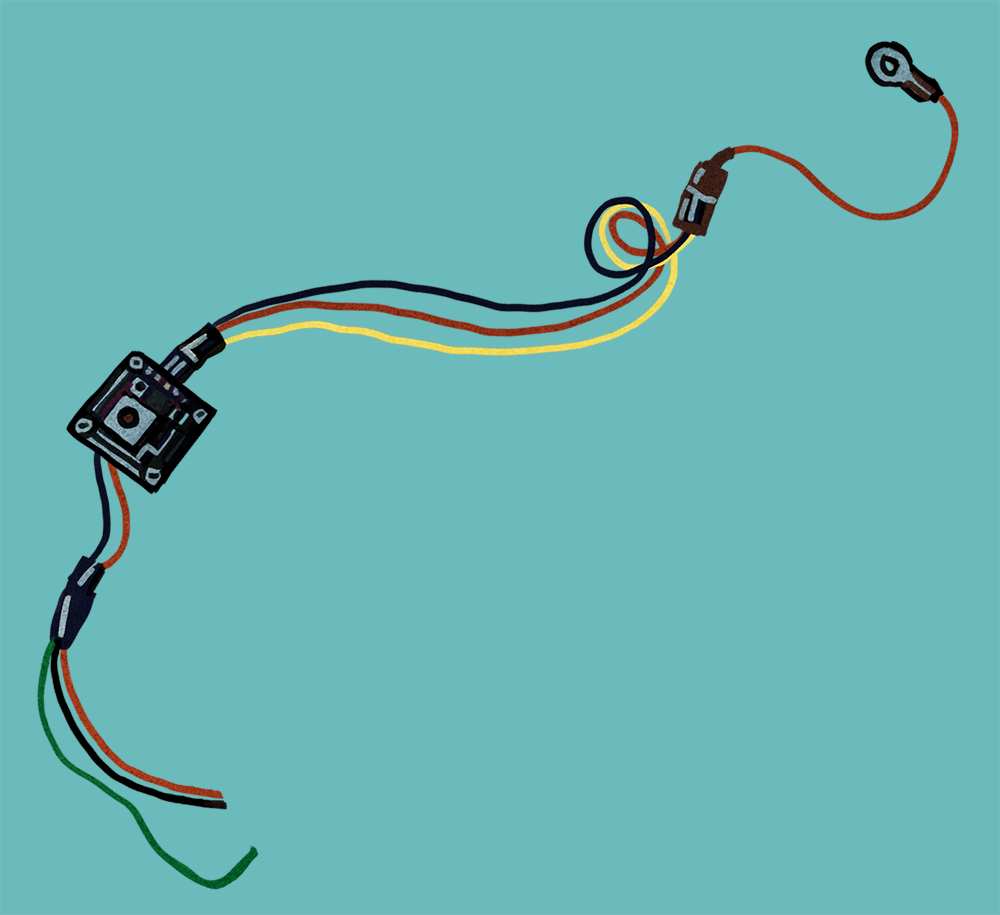
Realistic Robots
Robots make popular movie characters, but they show up in real life too—even scooting around our houses and vacuuming our floors. Inventors often imitate the animals and insects God created to design some helpful bots.
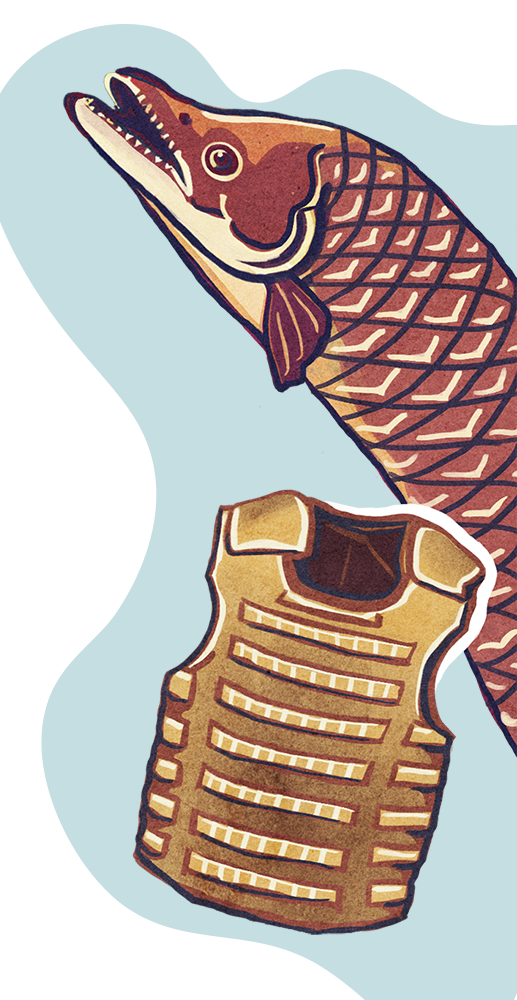
Bullet-Proof Armor
Check out the lightweight body armor that mimics the hard yet flexible scales of the Arapaima (eh-ruh-PIE-muh) gigas fish, tough enough to withstand the bite of a piranha. The new material is made of hard plastic scales over an elastic material. Soldiers and police officers wear bullet-resistant body armor today, but it’s not truly bulletproof. One day, this new material could offer soldiers and police officers even better protection.
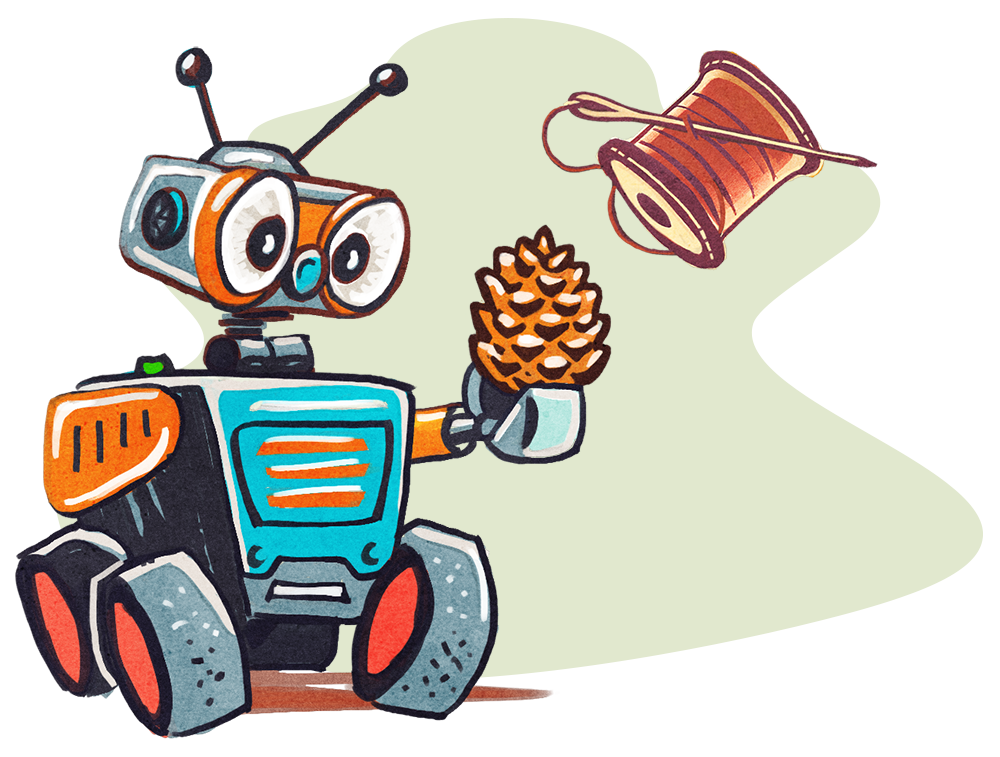
A pinecone coat
You may want a jacket made from a new fabric that mimics how pinecones open and close as the weather changes. The fabric allows uncomfortable moisture to escape but provides warmth when dry.
A theater that mimics the spiky thorns of a fruit

The Esplanade Theater in Singapore is nicknamed “durian” after the fruit it resembles. The design is not just for show; it responds to the angle of the sun and provides natural light and keeps the building cool. The building might be more popular than the durian fruit, which tastes good but can stink like rotting garbage.

A skyscraper that mimics a deep-sea sponge
The Gherkin Tower in London, England, was inspired by a marine animal called a Venus flower basket. This sea sponge is supported by a network of spikes arranged in a crisscross pattern that is incredibly strong. The basic sponge form inspired the outside structure of the building, making it very stable while allowing natural air flow inside.
A snake robot used for search and rescue
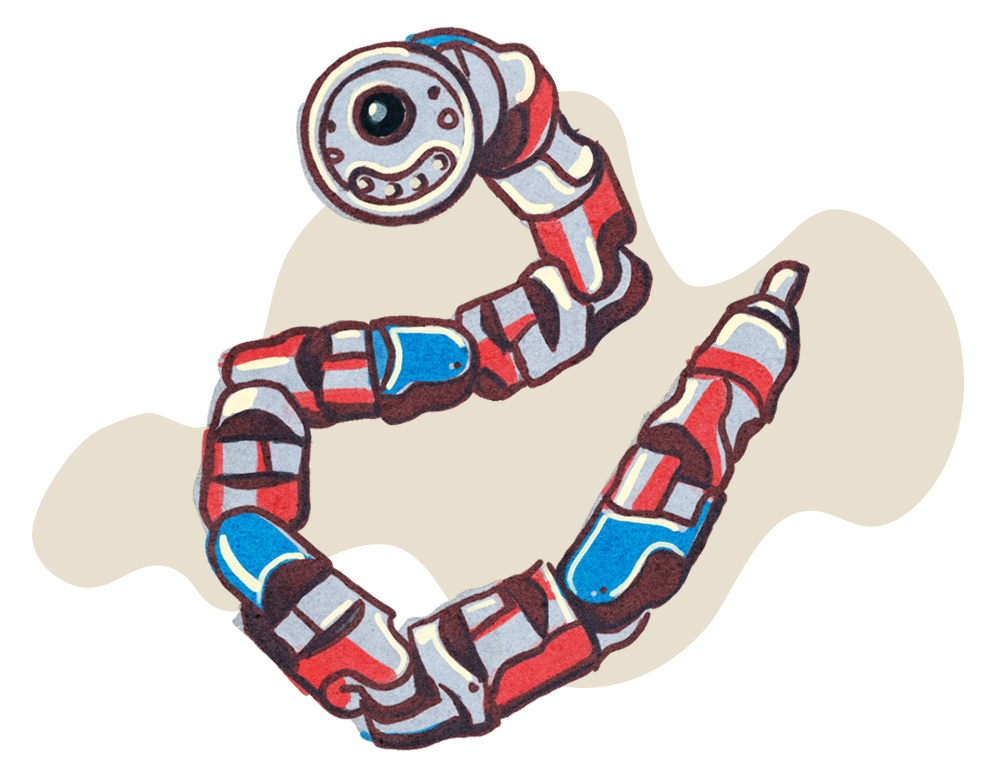
Snakebot can stand, slither, roll, climb, and pull itself over things in its way. It searched for human survivors after an earthquake in Mexico City. Snakebot sent videos to rescuers outside a collapsed apartment building, allowing them to see areas that would’ve been dangerous for people to reach.
A robot dog that can help police officers

Spot can walk steadily on uneven ground, avoid obstacles, and climb stairs. Working with police officers, Spot can open doors where criminals are hiding, sense dangerous materials, and check suspicious packages for bombs.
A stadium that mimics a bird’s nest

The Beijing National Stadium in China was designed for the 2008 Olympic Games. Its nickname, “Bird’s Nest,” came from the building’s nest shape and the woven lines created with overlapping steel trusses (beams that create a rigid structure). This helps make the building stable.
Self-Cleaning Shirt
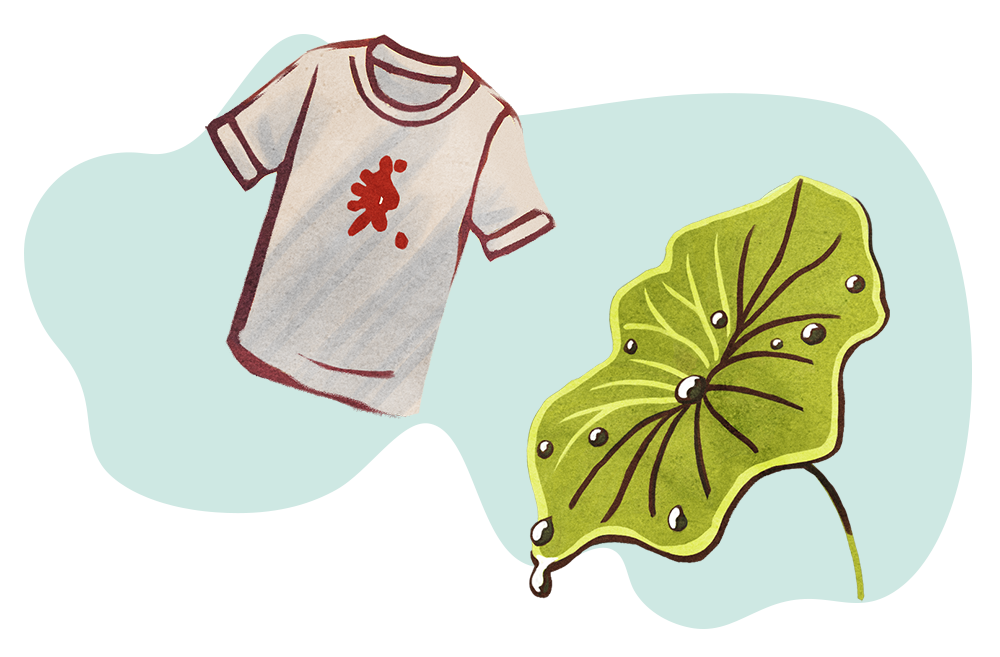
Shirts treated with a special self-cleaning material can shrug off stains and water because the material mimics the lotus leaf’s self-cleaning abilities. God designed this leaf with a waxy surface covered in microscopic bumps to easily shed mud and water.
A robotic spy fly
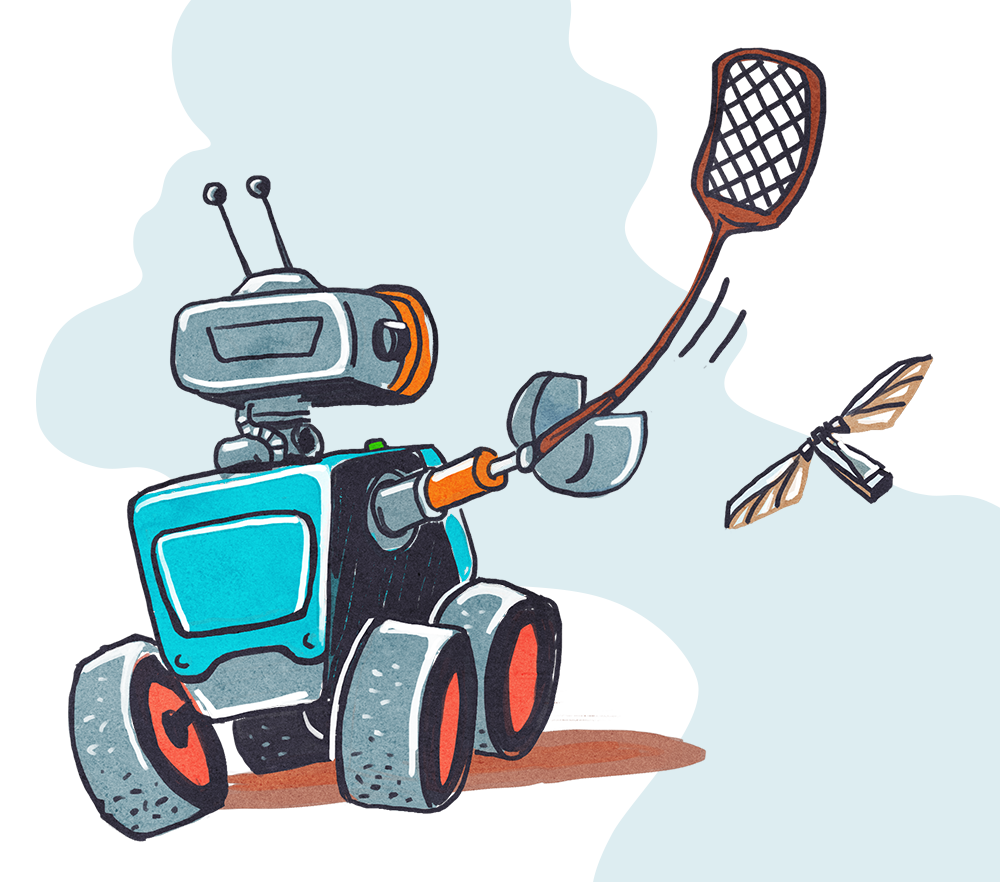
This tiny robot, weighing as little as a few grains of rice, is based on years of studying the wing movements of houseflies, bees, and fruit flies. The robot has a tiny carbon fiber body and wings made of thin plastic sheets, making it fast and agile. It can even hover in place! The goal for this robo-fly is to collect data at rescue sites or on the battlefield.
Here’s Your Invent-ation
- The next great invention could be designed by you!
- Find a big or small problem you care about. Do you want to provide water for kids who live in areas without it? Do you want buildings that cool themselves? Do you want glue that doesn’t dry out?
- Look at the world around you. Take photos or draw pictures of God’s creation and make notes on what designs you could copy to solve your problem.
- Make a 3D model based on your photos or sketches. Your model could be made from clay, cardboard, or other household items.
- Write questions about your model.
- Experiment with different designs and create something based on your findings.
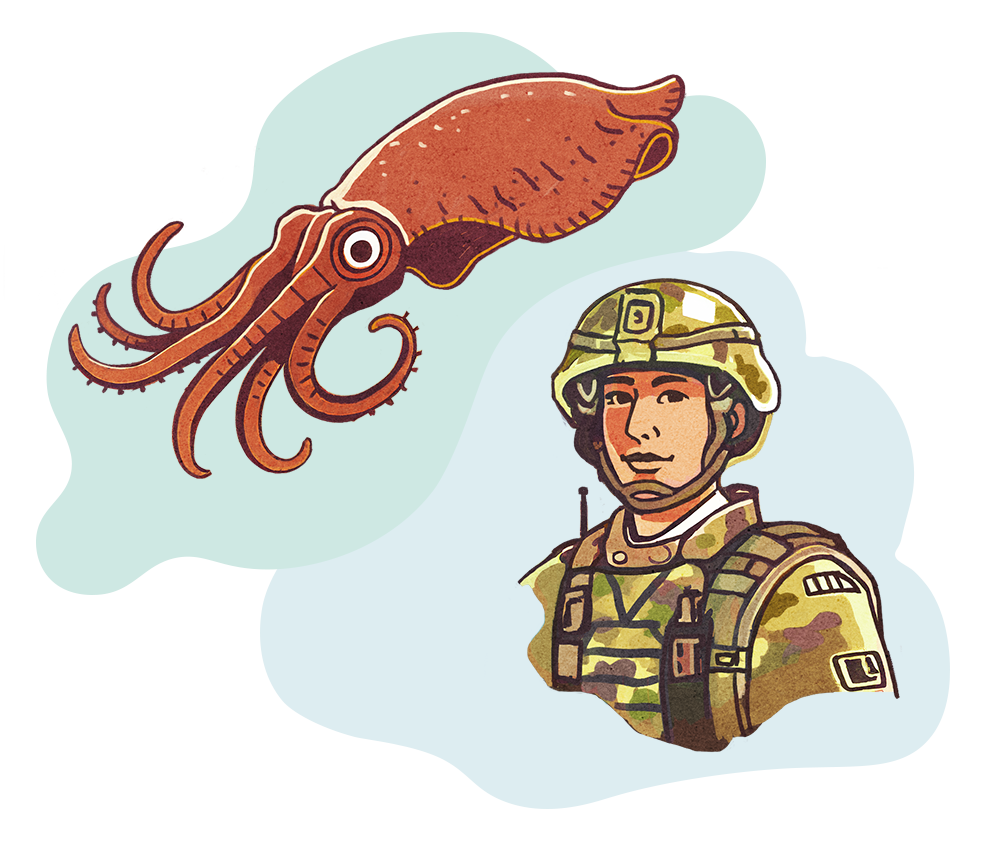
Cool camouflage
Researchers have used squid pigment to create fibers. If they can weave these fibers into fabric, they could create color-changing camouflage clothes, just like a squid changes color to hide when it’s frightened.
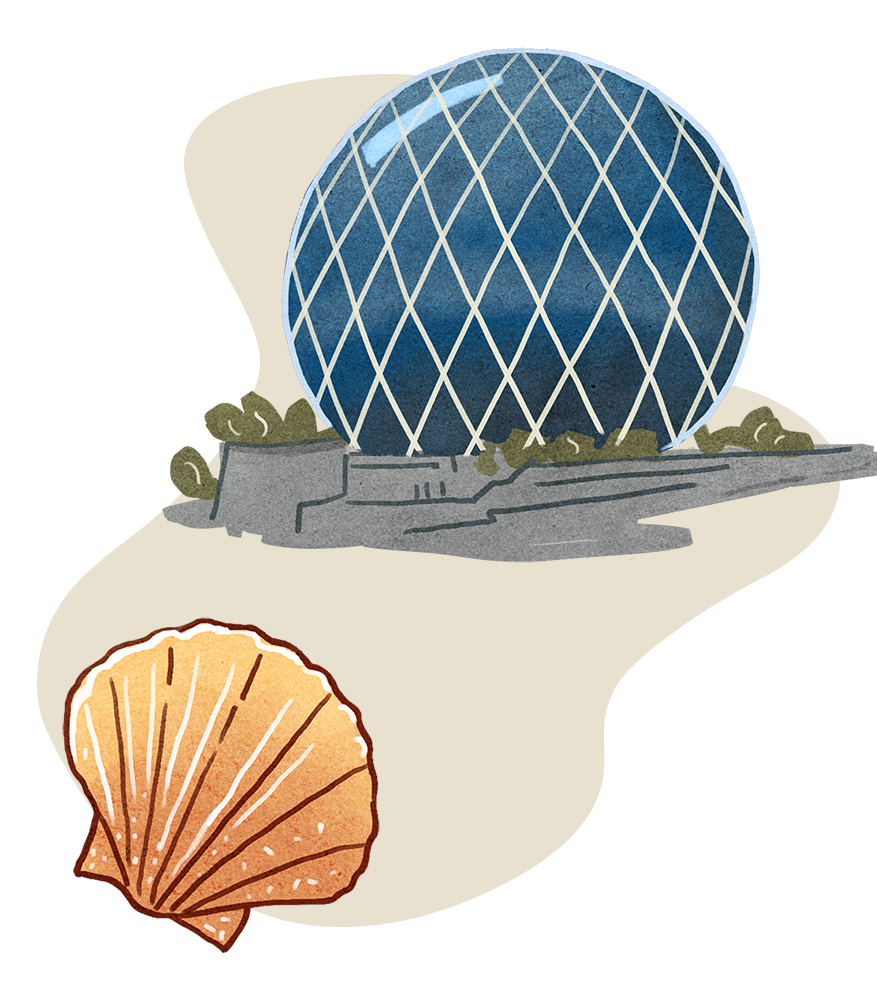
A circular building inspired by a clam shell
The first circular building of its kind in the Middle East is in Abu Dhabi, United Arab Emirates. The building was constructed using grids of steel shaped in a diamond pattern to create a curved glass shell around the building.
A microrobot that can deliver medicine

Microrobots are so tiny that they are about the size of a single cell. Imitating the design of bacteria, researchers can create microrobots that can sense their environment, move in the human body, and complete a mission. Microrobots could be used to deliver medicine to specific areas of the body or remove cancer cells or blood clots.
Scientists, architects, engineers, and inventors look at God’s designs for ideas to create some amazing things—from body armor to skyscrapers to tiny robots. These inventions remind us that someone intelligent had to design them. God’s creation also points to an all-powerful Designer.
For his invisible attributes, namely, his eternal power and divine nature, have been clearly perceived, ever since the creation of the world, in the things that have been made. So they are without excuse. —Romans 1:20
Go on a scavenger hunt in your home. How many items can you find that remind you of things God created? Can you find a toy plane? The design for airplanes came from birds and fish. Do you have a foam dart with a suction cup? The suction cup design came from an octopus. Or how about Velcro shoes or bags? The Velcro design came from the tiny hooks on burrs.
Kids Answers Magazine
Mimicking the Maker
Mimicking God’s amazing designs leads to some cool copycat creations.
Browse Kids Issue- © 2025 Answers in Genesis
- Privacy Policy
- Contact
- About

